
Therapy Treatment Myths & Info
Navigating the wide variety of information and products centered around therapuetic recovery can be daunting.
Theria Health understands, and wants to help clear the air around some common misconcceptions, myths, and bad advice for your therapuetic recovery.
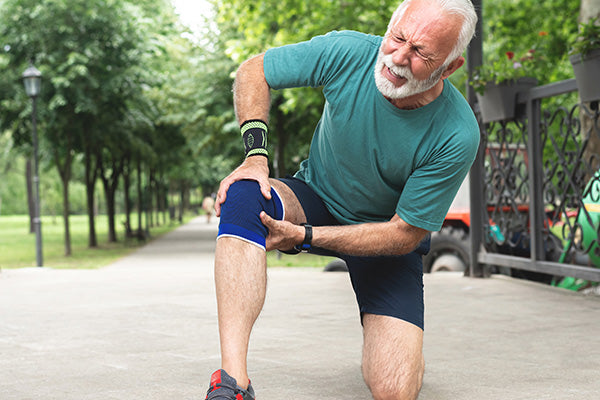
Myth: Exercising through pain helps an injury heal faster
REALITY: Disregarding pain and working against your body's signals is dangerous and can ruin your recovery outcome.
Although "pushing through the pain" might seem like a simple way to get thing back to normal, or rebuild lost mobility and muscles after an injury, the truth is you are making things much, much worse.
If you do notice an injury is healing and decide you feel well enough to exercise again, with just a little pain, you should reconsider. That "little" pain can lead to significantly longer recovery, and worse therapy outcomes longterm.
The best way to recover is to start physical therapy treatments using proven diathermic and cooling therapy from a Physical Therapy Recovery package, and create a recovery program for your injury.
Here are some simple recovery best-practices:
1. Create a recovery program using exercises that focus on static, pain-free stretching and regular physical therapy treatments using cold wraps and diathermy.
2. When flexibility improves, begin modest resistance exercise (weight lifting) to increase muscle strength.
3. When sufficient strength has been obtained, gradually add intensity within the movement of your sport.
Within each stage of the recovery program you must be very careful to select an intensity level that does not increase pain. With each change in intesity, make sure you continue use of your physical therapy treatments.
“Reconditioning after Injury - UR Medicine, University of Rochester Medical Center - Rochester, NY.” n.d. Www.urmc.rochester.edu. https://www.urmc.rochester.edu/orthopaedics/sports-medicine/reconditioning-after-injury.cfm.

Myth: If I don't feel pain, I can stop treatments
REALITY: Continuing treatments long after pain stops strengthens the body and offers better outcomes.
It seems simple that if you are not feeling pain from an injury then you are healed and everything is fine, but nothing could be further from the truth or more damaging for your body.
Recovery takes time, and usually much longer than you think. While pain may subside or disappear, your body is still healing long after that pain goes away. By stopping your physical therapy treatments when you no longer feel pain, you are at risk of undoing all the gains you made with a re-injury (commonly called a 'flair-up').
Recognizing that recovery can take MUCH MORE TIME than you think is critical to a succesful outcome.
If you no longer feel pain, but still have tension, fatigue, low-mobility, aches, or poor circulation around an injury it means your body is still healing. Continue doing physical therapy treatments with a Physical Therapy Pack and a defined recovery program beyond what your pain level tells you, and you will recover even stronger than before.
Kraemer, W., Denegar, C., & Flanagan, S. (2009). Recovery from injury in sport: considerations in the transition from medical care to performance care. Sports health, 1(5), 392–395. https://doi.org/10.1177/1941738109343156
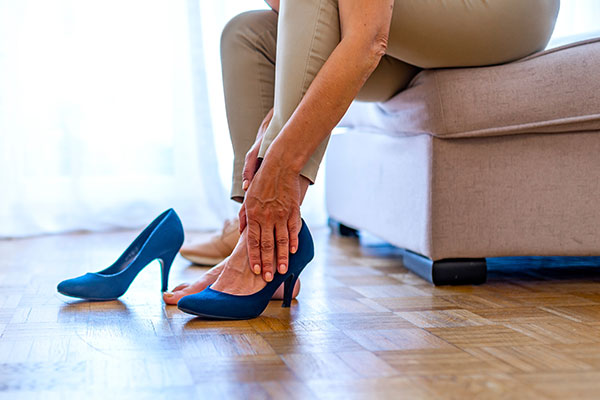
Myth: Where I feel pain is where the injury is
REALITY: Through your injury, you're going to experience two different types of pain. You have the pain from the injury itself, and then you'll experience fluctuating pain from inflammation. If the inflammation goes untreated, then the pain will start to migrate. This is called radiating pain, or referred pain. For example, if you have an elbow injury like tennis elbow and you don't stay on top of your inflammation, you might notice that the pain will start to move down your arm and into your wrist and fingers. This doesn't mean that you have a new injury. This means now, that you must focus all your cold treatments on your elbow, and you'll be surprised how quickly your wrist and forearm pain will disappear.
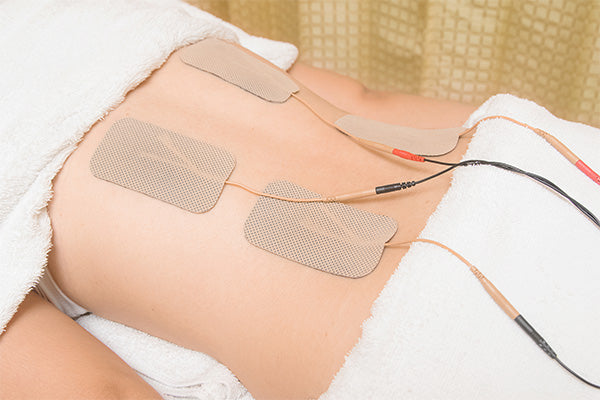
Myth: TENS Machines
Reality: A TENS unit does nothing but overstimulate your nerves to provide a temporary pain relief for chronic ailments like arthritis. TENS is an acronym: Transcutaneous Electrical Nerve Stimulation. Over the years, promoters of the TENS machine have created great narrative on how this machine will help treat any injury. Unsuspecting customers fall for this, because all they want is to be pain free.
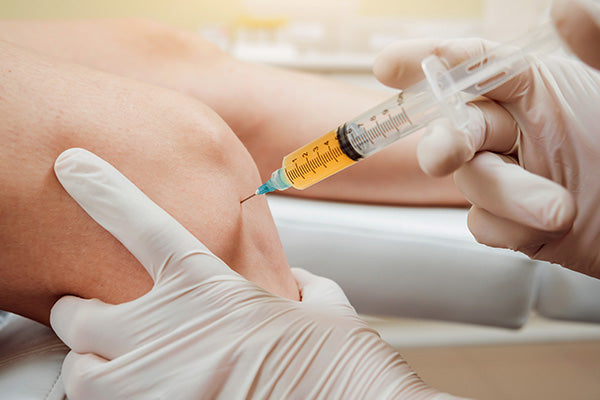
Myth: PRP Injections
Reality: PRP or Platelet Rich Plasma is becoming a highly recommended way to 'treat' soft tissue injuries. They promise to inject this magical elixir to help re-grow tissues and provide a faster healing time. Sounds great, right? FDA has not approved this treatment, because there have not been enough studies completed to show that this treatment actually works. Injecting anything into your body, including your own plasma comes with a lot of risks - including infection. Don't fall for treatments that aren't proven.

Myth: Stem Cells
Researchers hope stem cells will one day be effective in the
treatment of many medical conditions and diseases. But unproven stem cell treatments can be unsafe—so get all of the facts if you’re considering any treatment.
Stem cells have been called everything from cure-alls to miracle treatments. But don’t believe the hype. Some unscrupulous providers offer stem cell products that are both unapproved and unproven. So beware of potentially dangerous procedures—and confirm what’s really being offered before you consider any treatment.
FDA Warns About Stem Cell Therapies: https://www.fda.gov/consumers/consumer-updates/fda-warns-about-stem-cell-therapies
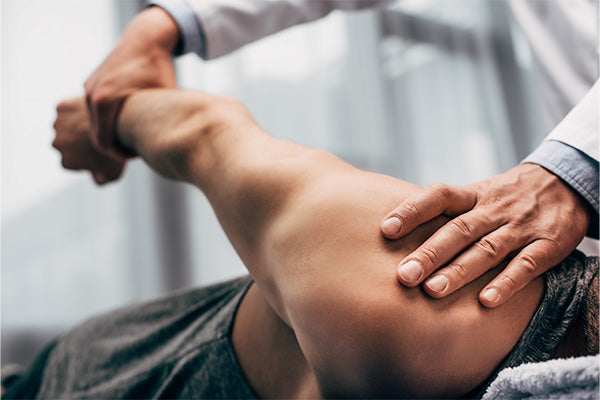
Myth: Physiotherapy
Reality: Physiotherapy is only beneficial in the later stages of your healing. Most people who opt for physiotherapy start their exercises too early and it causes further damage. More pain = more injury. You must always advocate for yourself. If an exercise hurts, you need to stop that exercises because you're not ready yet.
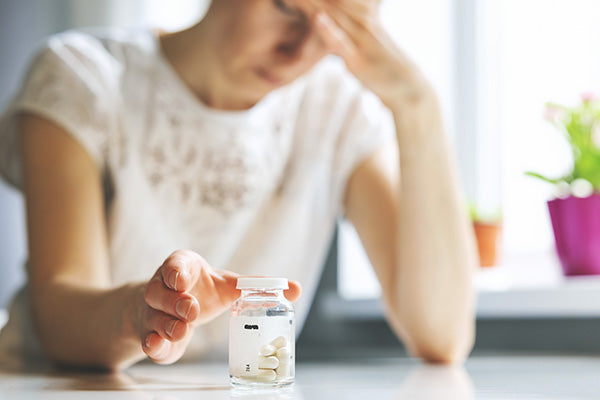
Myth: Painkillers
Masking the pain can be dangerous. Taking pain killers should be limited to periods of extended rest. For example, if you're having a hard time sleeping because nagging shoulder pain is keeping you up, then taking a few pain killers will help you get a more restful sleep. Taking pain killers to help 'get you through the day' is a very bad idea. When you've taken pain killers and you're active, you don't have those pain signals anymore to let you know when you've pushed yourself too far, and when you need to take a break. Most often, you will feel more pain once the painkillers wear off.
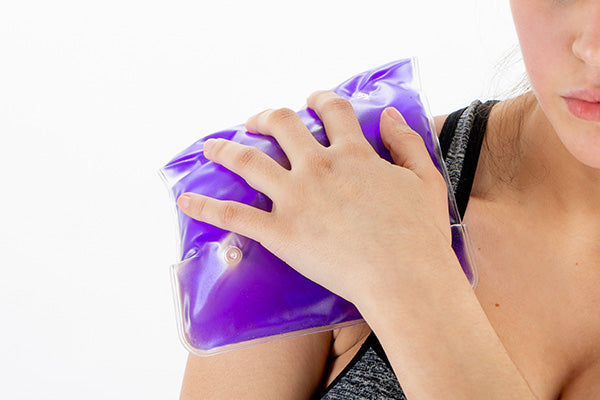
Myth: Heating Pads
Reality: Heating Pads will only warm up the surface of the skin, providing symptomatic relief of muscle aches. It does not help to speed up the healing process, because the blood rushes to the surface of the skin to protect your tissue from being damaged from high heat.
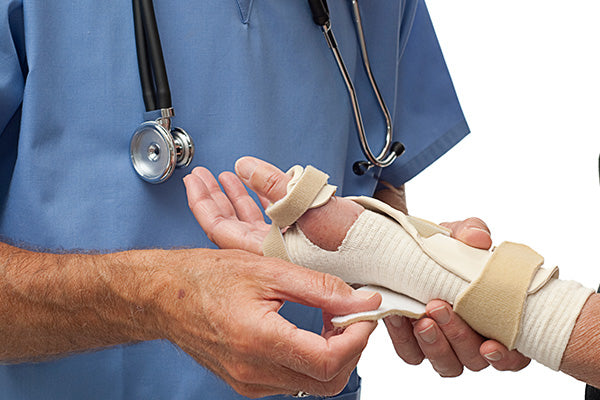
Myth: Splints
Reality: It's important to prevent against further injury while being active, but rigid splints also reduce movement and therefore restrict the blood flow that's essential for healing. Ideally, a splint should only be worn while you're active, or while your asleep and need to ensure you don't move the wrong way. While you are not active, the splint should be removed so you can allow your blood flow to move freely without restrictions.
Myth: I've never heard of BFST Technology
Reality: You have heard of diathermy, which is how BFST Technology stimulates blood flow. The BFST device is one of the newer devices on the market, but that doesn't mean that the wheel was re-invented. Using a well known concept of diathermy is what makes the BFST so successful in treating a wide range of soft tissue injuries. The BFST is a Class II FDA Registered Medical Device.
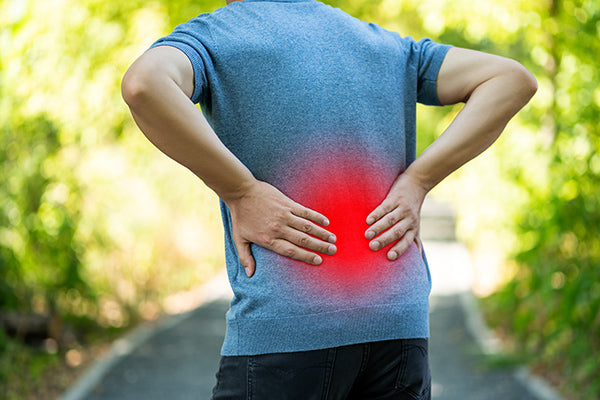
Myth: Inflammation
Most people think that they only need to apply cold to a new injury, or if there is visible swelling. In reality, cold is needed throughout your entire recovery. Any time you think you have over-done it, you should apply cold right away. Even if you're not feeling the pain yet. Don't wait for the pain if you know you've pushed your limits. Using cold regularly through your recovery will help keep your injury more comfortable and will continue to allow blood flow to move through the injured area without any restrictions.
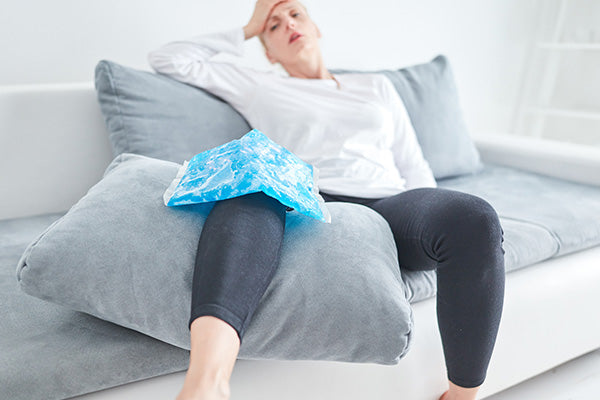
Myth: RICE
Reality: RCCE is a safer formula to follow for your recovery. Most
people think that RICE - Rest, Ice, Compression & Elevation - is the
formula to follow when treating inflammation, swelling and pain. The
truth is that ice can actually freeze your skin and numb your nerves, causing 'cold burns' and even permanent damage to your underlying tissue. The proper solution is RCCE - Rest, Cold, Compression & Elevation. We don't want to apply ice - we want to apply cold that is just above freezing. Yes, you want cold - and lots of it - but not so cold that it is below the freezing point of water.
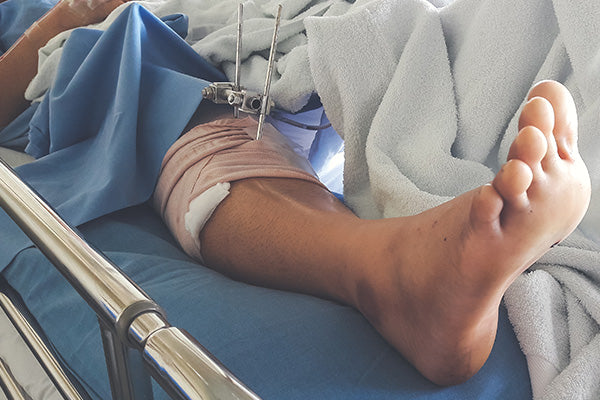
Surgery
Pair text with an image to focus on your chosen product, collection, or blog post. Add details on availability, style, or even provide a review.
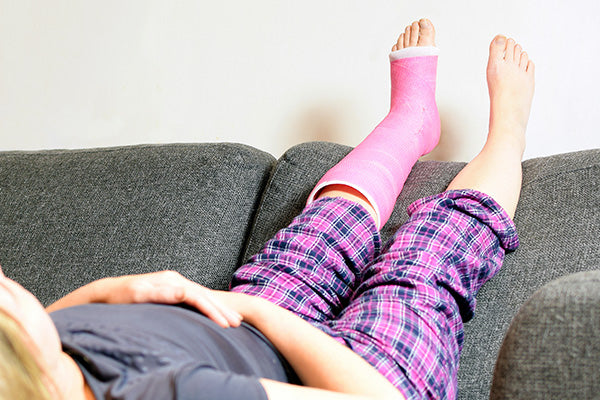
Myth: Elevate an Injury
Bleeding should slow down if you raise an injury higher than your heart; however, this isn't necessary for any other kind of injury. Simply resting the injury is sufficient. You want to reduce any pressure or strain being placed on the injury, and elevating the injury might be one of the ways you do this. For example, if you have an injured leg, knee or foot you might want to use a footstool when you're sitting down, or may want to use a pillow under the injury when you're sleeping.
Theria Health Physcial Therapy Packs
-
Knee Injury Physical Therapy Pack
Regular price $249.99 USDRegular priceUnit price per$300.00 USDSale price $249.99 USDSale -
Bakers Cyst Physical Therapy Pack
Regular price $249.99 USDRegular priceUnit price per$300.00 USDSale price $249.99 USDSale -
Elbow Physical Therapy Pack
Regular price $249.99 USDRegular priceUnit price per$299.00 USDSale price $249.99 USDSale -
Achilles Physical Therapy Pack
Regular price $219.99 USDRegular priceUnit price per$270.00 USDSale price $219.99 USDSale




